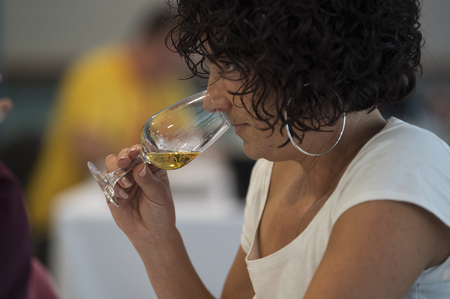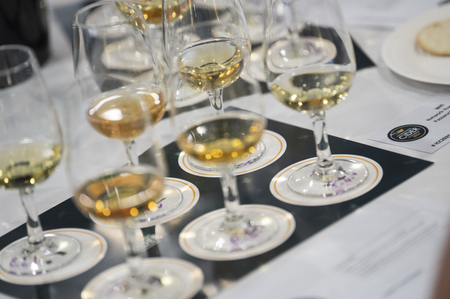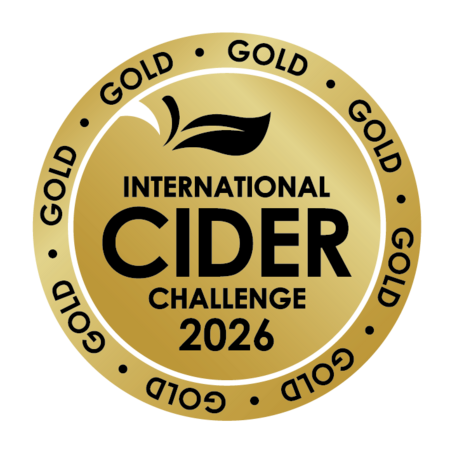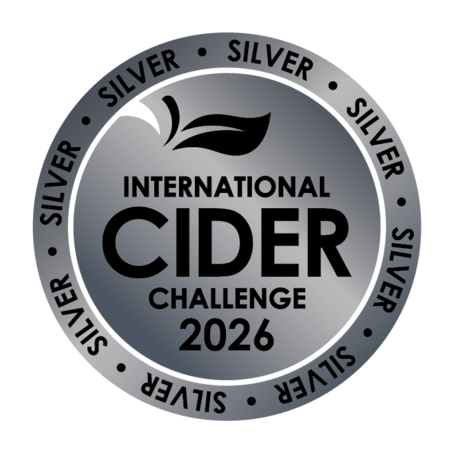WELCOME TO THE 16TH YEAR OF THE INTERNATIONAL CIDER CHALLENGE
The International Cider Challenge (ICC) aims to reward and promote excellent ciders from around the globe, providing the perfect platform for producers to express their ciders to both trade and consumers.
Backed by a rigorous blind tasting system and with an international panel of experts to taste, assess and award your ciders, this is the competition that counts. Judges are drawn from across the cider industry and include producers, flavour analysts, experienced cider journalists, independent retailers and buyers from supermarkets.
Further opportunities exist for a 360-degree review by entering your brands into the design and packaging awards so your products can be assessed on all levels. Get brand promotion with all medals and trophies being featured in Drinks Retailing, plus social media through our dedicated channels.
We look forward to welcoming your brands to the ICC 2026.
WHY ENTER THE INTERNATIONAL CIDER CHALLENGE
The ICC helps you raise brand awareness of your ciders:
- Results highlights published in Drinks Retailing and circulated online and in print to an audience of over 17,000 thousand.
- Free medal artwork to use on social media, websites and branding.
- Tasting notes from our judges for use on social media and POS (subject to copyright).
- Social media presence and links to your social media promoting winning products









